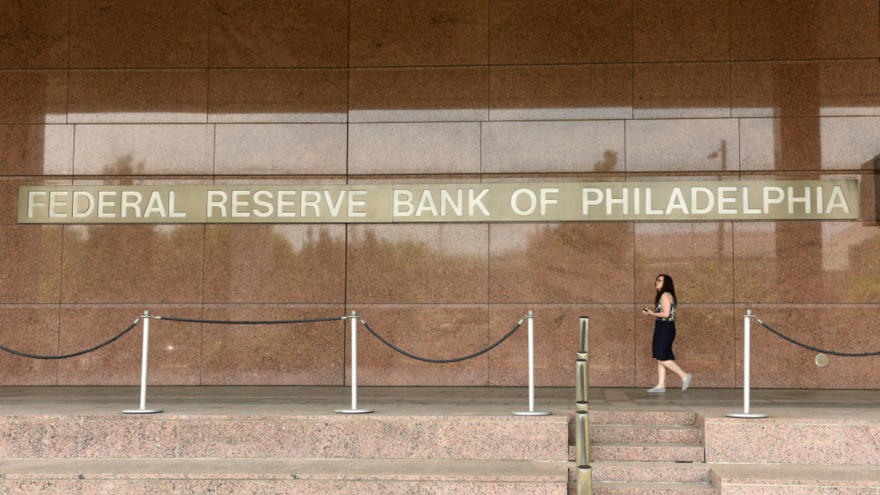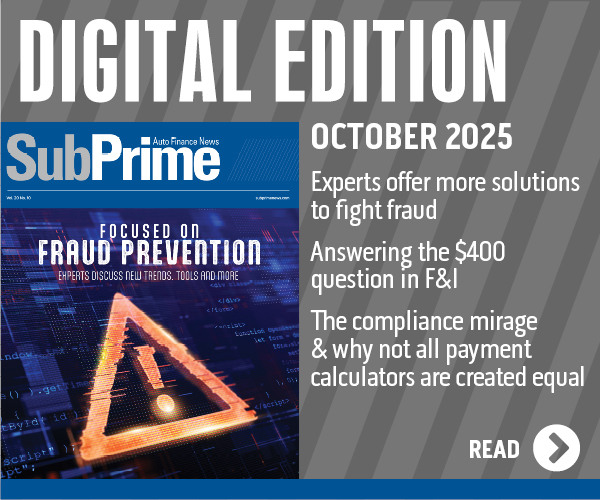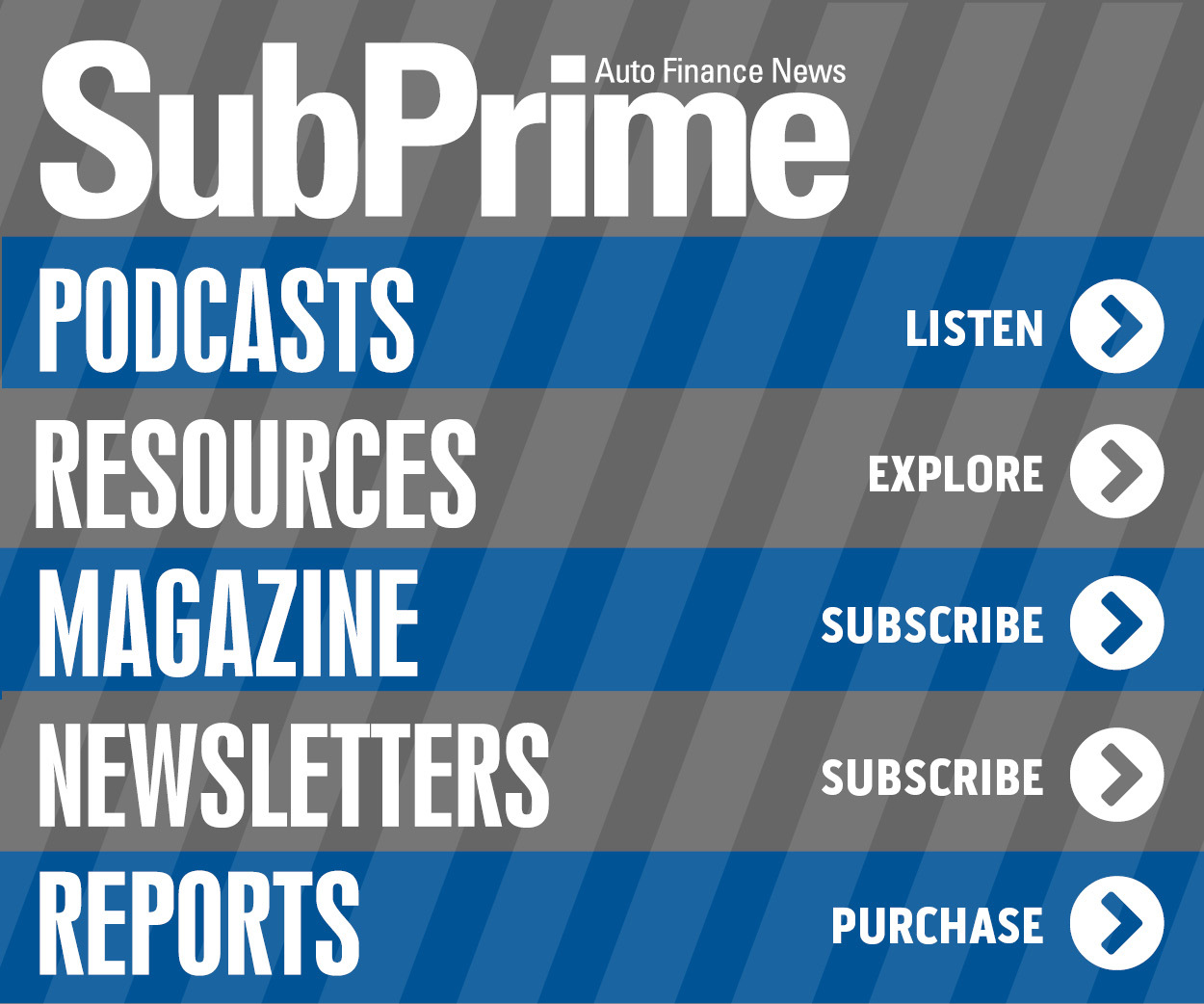Philadelphia Fed asks, ‘who provides credit in times of crisis?’

Image by Bumble Dee / Shutterstock.com
By subscribing, you agree to receive communications from Auto Remarketing and our partners in accordance with our Privacy Policy. We may share your information with select partners and sponsors who may contact you about their products and services. You may unsubscribe at any time.
Researchers at the Federal Reserve Bank of Philadelphia asked an interesting question and went to the auto-finance market to find answers.
The title of the resulting white paper is, Who Provides Credit in Times of Crisis? Evidence from the Auto Loan Market.
And the findings come at a time when some economists aren’t necessarily seeing a crisis but signs are pointing toward trends that can put grit in the auto-finance market gears such as inflation.
First, authors Jose Canals-Cerda and Brian Jonghwan Lee from the Philadelphia Fed explained the premise of their white paper.
“We examine the contribution of different lending channels to the auto loan market in times of crisis. Specifically, we explore lending from traditional banks, credit unions, and finance companies (nonbanks) over the past two decades, with an emphasis on the Great Recession and the COVID-19 pandemic,” Canals-Cerda and Lee wrote in the introduction.
“We find that banks provided weak support during the pandemic, thus losing market share and continuing the trend that emerged following the Great Recession,” they continued. “Nonbank market share during this period grew most significantly for subprime borrowers and in counties with stronger bank dependence.
Subscribe to Auto Remarketing to stay informed and stay ahead.
By subscribing, you agree to receive communications from Auto Remarketing and our partners in accordance with our Privacy Policy. We may share your information with select partners and sponsors who may contact you about their products and services. You may unsubscribe at any time.
“Survey evidence suggests that a tightening in banks’ lending standards may have contributed to this trend. These findings contrast with the experience during the Great Recession, when banks contributed the most resilient credit to the auto loan market. Our paper highlights nonbanks’ increasing role in the auto loan market in times of crisis, particularly for the subprime segment,” Canals-Cerda and Lee went on to write.
When drilling deeper into analysis of consumer credit scores and risk, Canals-Cerda and Lee found more information to answer their opening question.
“We observe sharp changes in loan originations for banks across narrow risk score segments,” they wrote. “This provides additional evidence consistent with a tightening of banks’ lending standards that we do not observe for other lender types. We also do not observe market-share shifting primarily towards a specific type of specialized lender channel, as would be predicted by a taste-based demand-side interpretation.”
Canals-Cerda and Lee closed the white paper by emphasizing how their analysis and findings reinforced the role that non-bank finance companies play in auto financing, especially in the subprime space.
“Overall, our analysis of the auto loan market over the past two decades highlights the increasing importance of non-bank lending,” they wrote. “The experience in this market during the Great Recession revealed important weaknesses in nonbanks, while the COVID-19 expe25rience highlighted potential strengths. These dissimilar experiences over two very different episodes highlight the inherent uncertainty of outcomes during crisis periods.
“The evolving relevance of different lending channels may have significant implications for the stability of the auto loan market in future crises,” Canals-Cerda and Lee wrote.
Well, is the automotive space about to face a crisis? Perhaps not right now, but observations from Comerica Bank chief economist Bill Adams and senior economist Waran Bhahirethan surfacing last week shed light on where some turbulence might currently be for consumers.
“A number of shocks to food and energy prices at the turn of the year will raise inflation near-term,” Adams and Bhahirethan said. “The H5N1 bird flu caused big disruptions to food supply chains in January, pushing wholesale egg prices to a record high and chicken to the highest since mid-2023. The cold snap across most of the continental U.S., as well as new tariffs on Russian energy products, pushed up prices of natural gas, diesel, and gas in the month, too.
“Inflation ran hot in December 2024 and will likely do so again in the January reports,” they continued. “Later this year, higher tariffs will contribute to higher prices as well. President Trump imposed new tariffs on American purchases of Chinese goods in February and is contemplating tariffs on imports from other regions. In addition to the direct effect of tariffs raising prices, they will allow American manufacturers who compete against imported goods to raise the prices they charge, too — good news for those companies and their workers, but paid for by other businesses and consumers.”
S&P Global Ratings elaborated about tariff impact last week, too.
While S&P Global Ratings’ economic forecast for the U.S. remains unchanged for now, analysts said the country’s announced tariffs for Canadian and Mexican imports could cause a change in the baseline forecast if those tariffs are fully implemented and are kept in place.
S&P Global Ratings noted that the tariffs that the U.S. initially announced on Feb. 1 could cause — according to firm’s rough estimate — a one-time 0.66% increase in U.S. consumer prices, assuming all of those tariffs take effect and remain in place through 2025.
Up to four-fifths of that increase would be due to the tariffs on Canada and Mexico, according to S&P Global Ratings, which also said its rough estimate for U.S. real GDP over the next 12 months is 0.6% lower than what was previously predicted.
“And in this kind of macro environment, our sense is that the Federal Reserve would likely err on the side of keeping inflation expectations anchored,” said Satyam Panday, S&P Global Ratings’ chief economist for the U.S. and Canada. “In this scenario, the Fed would pause its rate-cutting cycle earlier than we currently anticipate, there would be no rate cuts this year, and the journey to the neutral rate likely wouldn’t resume before mid-2026.”
And Fitch Ratings touched on the issues of tariffs and interest rates on Wednesday, too.
“Higher tariffs, federal program reform, deregulation, tax cuts and immigration restrictions are key areas that could have significant ramifications for credit, with effects depending on implementation, scope and timing,” Fitch said in a news release.
“Trade protectionism is potentially the most impactful initiative thus far for the U.S. economy. The willingness to erect significant tariff barriers has raised uncertainty about broader tariff policy. A sharp increase in U.S. import tariffs would raise consumer prices and input costs, posing significant downside risk to consumer spending growth,” analysts continued.
“Rate cuts have provided some relief to consumer and corporate borrowers, but conflicting potential pressures on rates from likely federal policies cloud future Fed policy. Inflationary pressures and structurally high rates could increase household and business debt burdens, leading to weaker asset performance,” Fitch went on to say.
Perhaps if consumers remain gainfully employed, a crisis can be averted no matter how much inflation ticks up or interest rates remain at current levels. But there are some cloudy trends in the job market, too.
Private sector employment increased by 183,000 jobs in January and annual pay was up 4.7% year-over-year, according to the January ADP National Employment Report produced by ADP Research in collaboration with the Stanford Digital Economy Lab.
The ADP National Employment Report is an independent measure and high-frequency view of the private-sector labor market based on actual, anonymized payroll data of more than 25 million U.S. employees.
Analysts explained the jobs report and pay insights use ADP’s fine-grained anonymized and aggregated payroll data to provide a representative picture of the private-sector labor market. The report details the current month’s total private employment change, and weekly job data from the previous month.
Because the underlying ADP payroll databases are continuously updated, the report provides a high-frequency, near real-time measure of U.S. employment. This measure reflects the number of employees on ADP client payrolls (payroll employment) to provide a richer understanding of the labor market.
Beginning January, ADP’s Pay Insights measure captures nearly 14.8 million individual pay change observations each month, up from nearly 10 million when it launched.
“We had a strong start to 2025, but it masked a dichotomy in the labor market,” ADP chief economist Nela Richardson said. “Consumer-facing industries drove hiring, while job growth was weaker in business services and production.”


